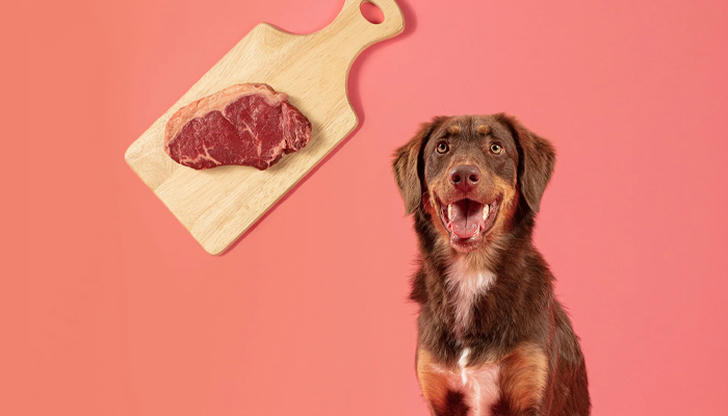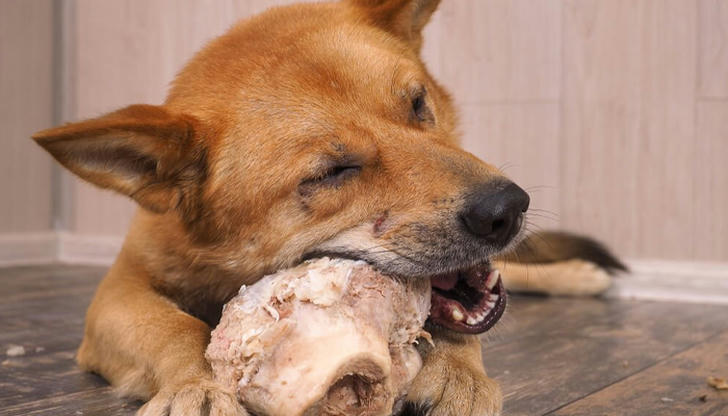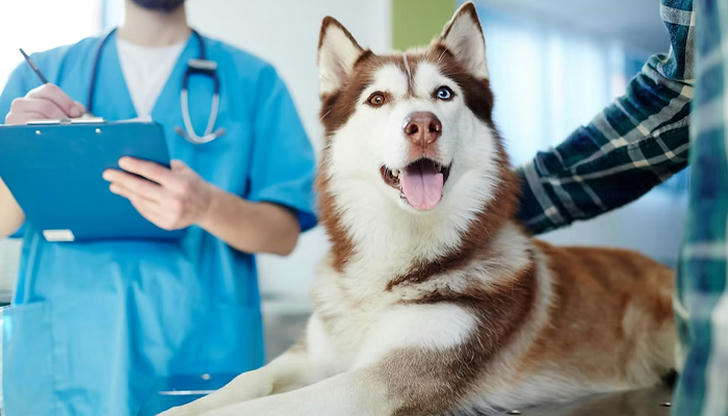Is Raw Food Really Better? What Vets Are Saying in 2025

Walk into any pet store or scroll through social media these days, and you'll see raw pet food everywhere---from frozen beef patties to freeze-dried organ blends. Raw feeding, once a fringe trend, has become a full-blown movement. But is it truly better for your dog or cat? In 2025, veterinarians are weighing in with new studies, clearer recommendations, and some surprising perspectives. Here's what pet owners need to know.

What Exactly Is Raw Feeding?
Raw feeding usually means giving pets uncooked meats, bones, organs, and sometimes vegetables and fruits. Some pet parents follow strict "BARF" (Biologically Appropriate Raw Food) diets, while others use commercial raw products that are freeze-dried or frozen for convenience. The idea is to mimic what animals might eat in the wild---before kibble came along.

Why Raw Diets Got Popular
A big part of raw feeding's rise comes from social media. TikTok, Instagram, and YouTube are filled with videos of glossy-coated dogs enjoying colorful raw meals. Many pet owners claim raw diets lead to shinier fur, more energy, smaller stools, and fewer allergies. Influencers say it's more "natural," and some even compare it to clean eating for humans. The messaging is strong, but does it hold up?

What Vets Appreciate About Raw Diets
Not all vets are against raw diets. In fact, some support them---when done carefully. Dr. Maria Lane, a vet nutritionist in Texas, says, "When a raw diet is properly balanced, it can meet a pet's nutritional needs. I've seen dogs thrive on it, especially when they've had issues with processed kibble."
Raw food is typically higher in protein and moisture, which can be good for muscle health and hydration. It's also less processed, which appeals to owners trying to avoid artificial ingredients.

But There Are Real Risks
That said, not all raw diets are safe. One of the biggest concerns is bacterial contamination. Raw meat can carry Salmonella, E. coli, or Listeria---bacteria that can harm both pets and the humans who handle their food. Even healthy dogs can shed these bacteria in their stool, putting small children, seniors, or people with weak immune systems at risk.
Another issue? Nutritional imbalance. Dr. Kevin Yu, a vet in New Jersey, points out that "many homemade raw diets are missing essential nutrients like calcium, zinc, or vitamin D." Over time, that can lead to serious health problems like bone deformities or organ damage, especially in growing puppies or kittens.

Commercial Raw Food Isn't Always Safer
Many pet owners turn to pre-made raw products thinking they're safer. While commercial brands do follow stricter safety rules than homemade meals, several have been recalled over the past two years due to contamination. In 2024 alone, the FDA issued multiple recalls for raw pet food that tested positive for Salmonella and Listeria.
Experts recommend checking whether a brand does third-party pathogen testing and meets AAFCO standards for complete nutrition. Not all raw food companies do.
Raw vs. Cooked: The Digestibility Debate
Supporters of raw diets often claim that raw food is easier for pets to digest. Some vets agree---especially when comparing raw to low-quality kibble full of fillers. However, cooking actually makes certain nutrients more bioavailable, especially in meats. Lightly cooked, fresh diets are now gaining popularity as a safer middle ground.
"Lightly cooked food retains a lot of moisture and nutrients, without the bacterial risks of raw," says Dr. Lane. "For many pets, that's a good compromise."
What the Research Says in 2025
Recent studies published in veterinary journals have helped clarify some points. A 2023 study found that healthy adult dogs on well-balanced raw diets had normal blood panels and gut health after six months. But the same study showed that pets on poorly balanced raw meals had signs of calcium deficiency and vitamin imbalances.
Another 2024 study showed raw-fed dogs were more likely to carry antibiotic-resistant bacteria in their stools, raising public health concerns.
So while raw diets can work, they require precision and hygiene, not just good intentions.
How to Do Raw the Right Way (If You Want to Try)
If you're considering a raw diet, vets strongly suggest doing your homework. Work with a board-certified veterinary nutritionist to build a proper meal plan. Don't just copy what someone on TikTok is doing. What works for a 90-pound German Shepherd won't work for a 12-pound Chihuahua.
You'll also need to handle the food carefully---just like you would raw chicken for your family. Wash your hands. Clean surfaces. Store food at the right temperature. And don't leave leftovers sitting out.
Signs Your Pet Isn't Thriving on Raw
Even if a raw diet seems like a good idea, it may not suit every pet. Watch for warning signs such as:
- Weight loss or poor appetite
- Soft or bloody stools
- Low energy
- Dry coat or flaky skin
If you see any of these, talk to your vet. A diet change---or better balancing---might be needed.
Raw Isn't All or Nothing
Plenty of pet parents today are doing what's called "hybrid feeding." That might mean adding raw toppers to kibble, mixing in lightly cooked meats, or rotating different types of food to give pets variety. It's not about being perfect---it's about doing what works best for your individual pet.
In 2025, the trend is moving away from hard rules and toward flexible, pet-first nutrition. Raw feeding can be part of that, but it's not the only path to a happy, healthy animal.
